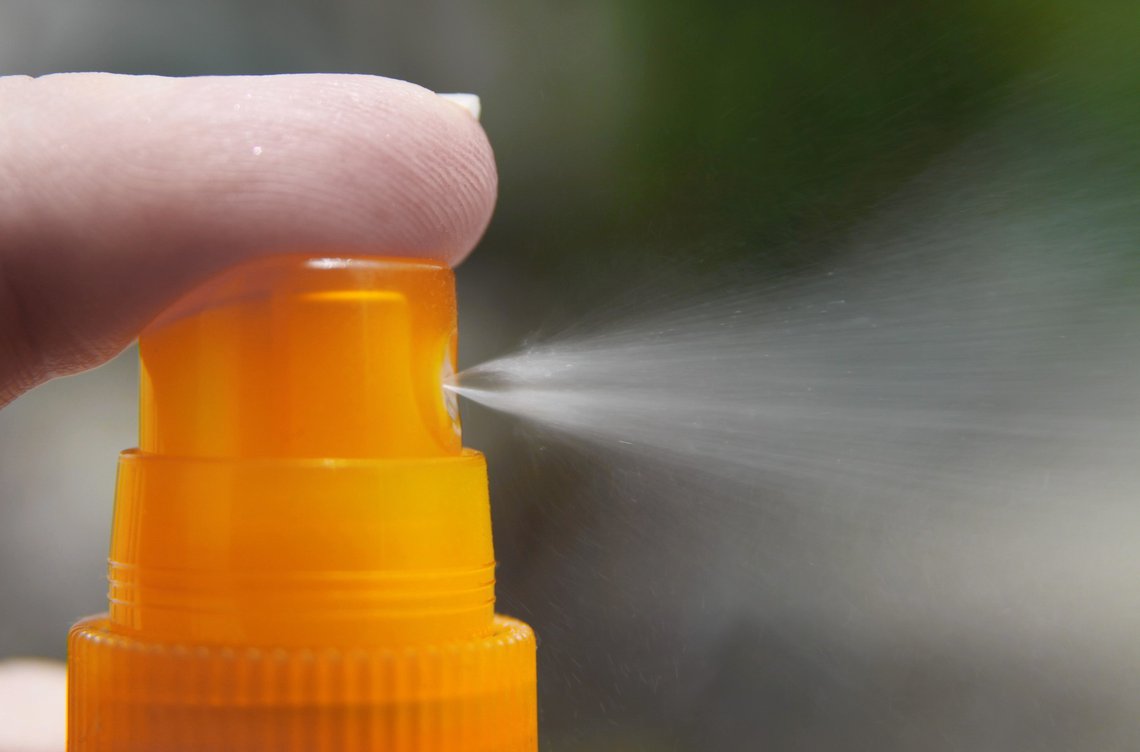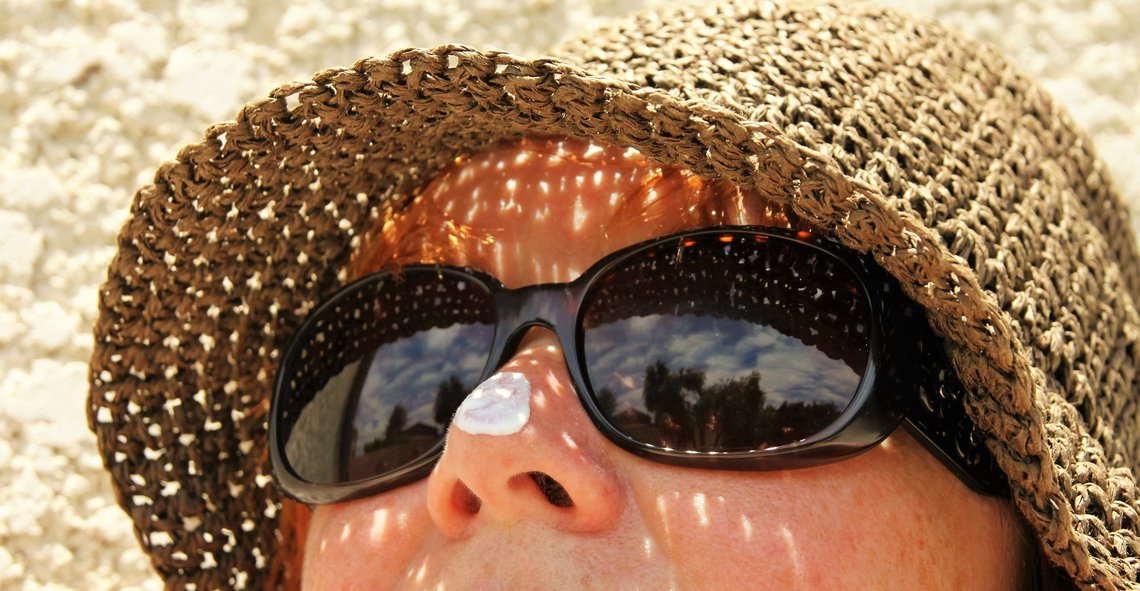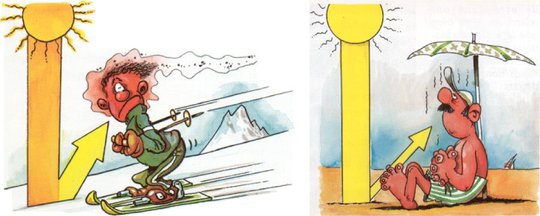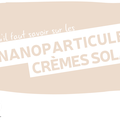
Heat finally arrived, taking with it the purchase of organic sunscreen and the questions that come with it. We offer in this article an overview of all the questions we receive each year from consumers.
Questions about the effectiveness of sunscreen
What is SPF?
In a simplified way, the SPF (Sun Protection Factor) is the indicator of the level of protection of a product against sunburn. To determine it, we look at a volunteer person how long it takes to get sunburned with and without protection. By comparing the two durations, we obtain a ratio which is the SPF.
Example: a volunteer exposed to UV rays takes 10 minutes to blush without protection, and 3h20 to blush with sunscreen (200 minutes). This gives us the following ratio: 200/10 = 20, which is an SPF 20. In general, this means that with an SPF20 cream, you have 20 times more time before taking the sunburn than you would have taken without protection.
What are the differences between UVA and UVB?
Although both UVA and UVB are in the ultraviolet class, there are several important differences between them. UVB is the rays responsible for tanning and sunburn. They do not go deep into the skin. UVA is responsible for premature aging of the skin. They penetrate deep into the skin.

UVA as UVB can cause diseases like skin cancer, hence the importance of protecting yourself from both. To have the right to be marketed, sun protection products must necessarily protect against both types of UV.
How is the effectiveness of sunscreens measured?
Whether traditional or organic, all sun creams are tested before being marketed. These tests are mandatory and aim to verify that the product plays its protective role against ultraviolet and to quantify its power of protection (the famous SPF we mentioned earlier). To date, several methodologies are recommended by regulation for these mandatory tests:
- In vivo method ISO 24444 and ISO 24442: these methods are performed on volunteers. On their backs, we trace several squares that we will protect or not with the tested product. We will then place them under a UV lamp in order to time the UV reaction time of the skin.
- In vitro method ISO 24443: this method is performed with a machine, without resorting to volunteers. The sunscreen is placed on a transparent plate which is then placed under the UV lamp. A detector placed under the plate measures the UV rays perceived at different timings.
But there are several others not included in the recommended methods.
NB: In vitro method ISO 24443 is not suitable for mineral sunscreens and is currently being revised by ISO.
Why do some magazines say that organic sunscreens are not effective?
Each year during the summer, it happens that organic solar products are subject to unjustified attacks. They are presented as less effective than conventional products, even though they undergo the same control process.
Several reasons can explain these criticisms:
- Media not always independent: magazines live thanks to the advertising of major brands. It is therefore difficult for them to say things that would hurt their advertisers. It can also be tempting to belittle competitors to value advertisers ... By the way, if you take a look at a product selection in a magazine, you will see that the proposed brands often have a pub somewhere in the issue 😉
- Different tests: as we said in the previous paragraph, the regulation allows several test methodologies to know the level of protection of a product. So it happens that we do not find the same results ... simply because we used a test method different from that used by the brand, or a different type of skin ...
- Unsuitable methods: some protocols like the ISO 24443 method are not suitable for mineral filters. The results obtained on products containing them are therefore unreliable. Magazines may also use private protocols that are not recognized by the regulations in force.
How do sun creams work?
The sunscreens get their efficiency from the solar filters present in the formula. There are two types to date:
- Chemical filters: octocrylene, oxybenzone, avobenzone ... These filters absorb ultraviolet rays. They are prohibited in organic cosmetics.
- Mineral filters: titanium dioxide and zinc oxide. These filters reflect the rays in the manner of a mirror, preventing them from penetrating the skin.
Questions about using sunscreen products
How much cream to apply?
The tests we mentioned earlier in the article are made with a quantity of 2 mg / cm2. So that's the amount we have to apply to get the best protection. For information, 2mg / cm2 is equivalent to 6 teaspoons to apply on the whole body of an adult.

How often is sunscreen applied?
The official recommendation is to apply sunscreen every two hours. But for some types of skin, this is not enough and it would reapply cream even more often! The time of the day is also to be taken into account for the frequency of application. Indeed, the solar energy varies according to the hours of the day: 20 minutes of sun around noon are not at all comparable to 20 min of sun around 17h ...
When to put sunscreen?
It is ideal to put cream as soon as you are outdoor for a long time. And even if you are under the clouds or in the shade! Indeed, UV rays are reflected on certain surfaces such as snow or sand. The UV reaches you even if you are in the shade of a tree or a parasol ... 😉

Which sunscreen to choose?
At the time of buying sunscreen, there are 3 main questions to ask: conventional or organic, which SPF and which format?
- Conventional or organic: it depends on your beliefs because they are equally effective (see the section on the effectiveness of sunscreens). However, we would like to remind you that organic sun creams have the advantage of being more respectful of your health. Moreover, they have the interest to act immediately!
- Which SPF: it depends on your need for your phototype, but also on the level of exposure to the sun. In case of doubt between two SPFs, favor the strongest.
- What format: the answer to this question depends on your desires. Some will favor the ease of application of the spray, while others will prefer the cream for its more uniform application. In any case, whatever cream you choose, our best advice is to apply it everywhere, frequently and in generous quantities.
To discover: sunscreens carrying Cosmebio label
Does sunscreen prevent tanning?
No. Despite their good effectiveness, no cream can claim to stop 100% of ultraviolet rays. In addition, consumers rarely put the recommended dose of cream at 2 mg / cm2. With each exposure, a more or less important dose of UV thus arrives to penetrate the skin, thus activating the melanin (pigment which determines the color of our skins, eyes and hair), and thus the mechanism of tanning.
Does sunscreen perish?
Yes. Like any cosmetic, sunscreen has an expiry. This expiry information can take several forms on the packaging:
- either it is indicated with a Minimum Durability Date and an hourglass logo ("preferably to be used before ...")
- either it is indicated via a Period after Opening icon indicating the number of months of maximum use from the first opening

We hope you enjoyed this little focus on sunscreen. Now you have all the keys to protect yourself!



